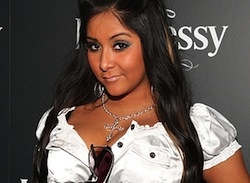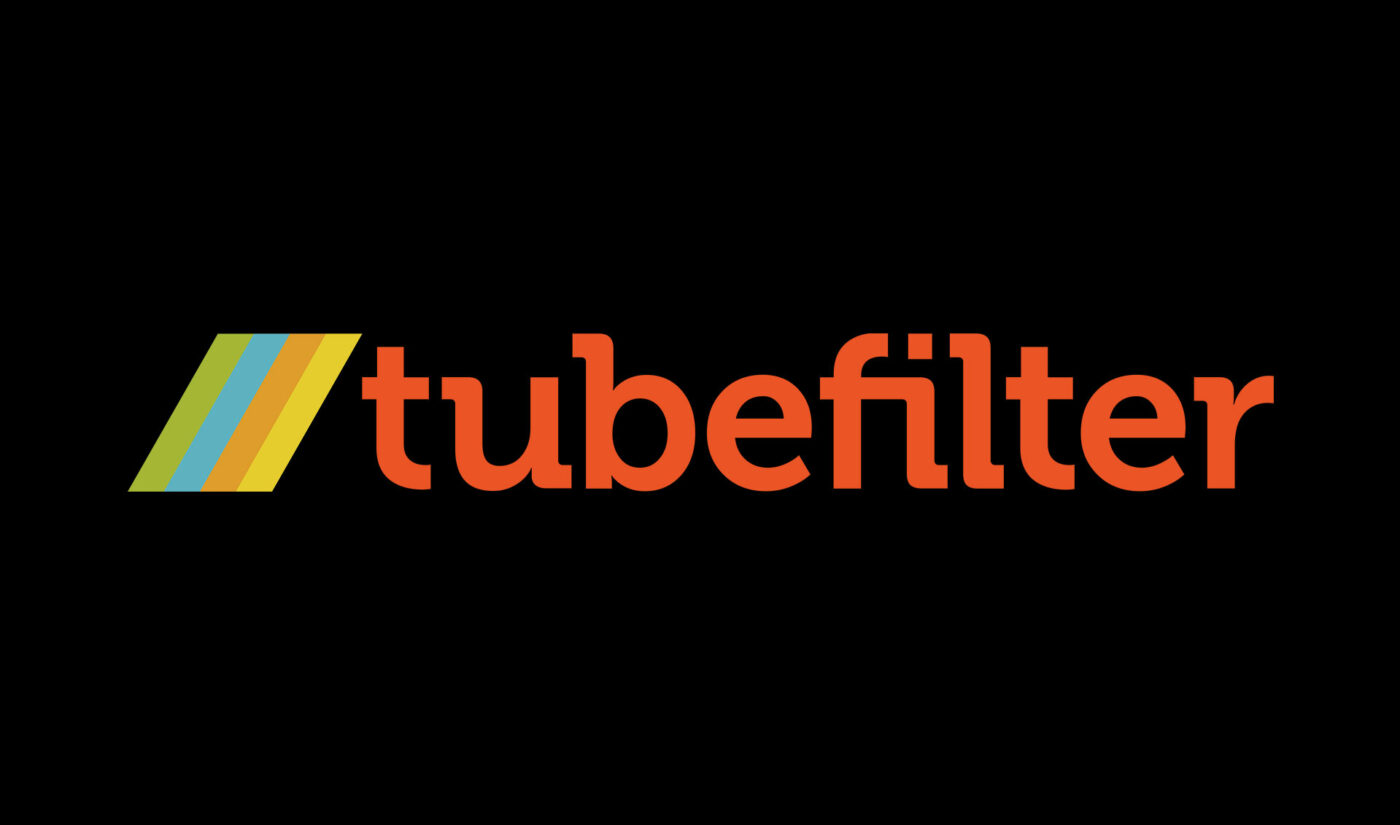 YouTube is playing in dangerous territory with the news this week that the company is going to spend millions for celebrity created content. New York Magazine is reporting the news—though Google and YouTube are unable to comment on it—that YouTube is offering up to $5 million per celeb-branded channel.
YouTube is playing in dangerous territory with the news this week that the company is going to spend millions for celebrity created content. New York Magazine is reporting the news—though Google and YouTube are unable to comment on it—that YouTube is offering up to $5 million per celeb-branded channel.
One insider is quoted as saying: “by offering a wider range of better-quality content, viewers are happier, Google’s advertisers are happier, and the talent is happier.” Oy. Breaking this apart, there’s first the shaky assumption that these traditional celebrities can actually offer ‘better-quality’ content on their own, as opposed to say the tens of thousands of YouTube natives that have mastered the art of luring viewers away from overpriced TV fare.
YouTube’s new CEO Salar Kamangar, who replaced co-founder Chad Hurley in the top spot earlier this year, is moving the world’s most popular online video site into a cozier position with Hollywood. There’s also the addition of Robert Kyncl from Netflix, the man who is credited with crafting that company’s booming on-demand streaming service as their head of digital content acquisition.

Subscribe for daily Tubefilter Top Stories
YouTube Already Has the Next Generation of Celebrity
The problem is in the undervaluing of the celebrities it already has a lock on—a new generation of household names (just ask your 11 year old) like Shane Dawson, Ryan Higa, iJustine and MysteryGuitarMan. These top YouTube stars represent a leaner, post-TV-centric version of celebrity. They actively engage their audience (as themselves) across several social platforms, and operate with a unique creative freedom dictated primarily by those very fans themselves. On top of that, they know how to shoot cheaply while still generating several million views per episode. You think Snooki can shoot and edit her own videos?
Add to that, they have lock-in on the network that they spent the last 5 years growing right alongside. YouTube has an incredibly valuable hold on these stars and their millions of avid fans simply because of the sizable ad revenue sharing Partner Program which pays many of them well into six figures a year. Traditional celebrities don’t come with any lock-in, operating instead in a more transient model moving to whichever platform is paying the highest.
And that’s the real danger here for YouTube. Even if the network does let the courted celebs own their own channels, as most all YouTubers do, it won’t be the ad revenue share that keeps them, it will be the size of those seven-figure checks that are being handed over to their agents. And you know what that means. Traditional highest-bidder shopping of big name celebs amongst the leading online networks—Hulu, AOL, MSN and YouTube.
It could also mean a flight to greener pastures for the current crop of YouTube faithful, who may find themselves less supported by the network that once vaunted them as heroes of the new media generation. The all-but-done acquisition of Next New Networks might help assuage the fears of relegation of indie creators, at least for now, but it won’t stop a revolt if the sacred subscriber counts start becoming pay-to-play.
Stop Commoditizing Content
There’s also the problem of the YouTube Ad Sales team not understanding the value of what it has to sell. It’s communicating to brands the value of its network, but not the individual shows, selling views as a flat CPM regardless of the channel.
If I were a brand and wanted to reach the highly-engaged young demo that devours every new episode of the Annoying Orange, I should be forced to pay a much higher CPM than the say, $1.50 or so that is the same across virtually every channel. One major YouTube partner, who I’ll leave anonymous for now, used the analogy with me that if you wanted to buy a late night ad on ABC you could probably score that for under a $5 CPM, but “if you want first pod on Modern Family, it’s going to cost you $50 and up.”
YouTube is of course now well absorbed into the Google mothership, and that means a culture of auction ad bidding and commoditized views. But if it’s going to really play in the Hollywood game and fully embrace its Major Network status, then it’s going to have to sell its existing partners as stars, not cattle.
Twitter famously courted celebrities a few years back, most notably through its man-crush on Asthon Kutcher (@aplusk), who would even convince Oprah to get on board. And criticism of the effectiveness of Twitter since then, especially by its early adopters, has been growing lately.
For more on the new guard at YouTube, I highly recommend Fast Company’s February magazine feature piece on “How YouTube’s Global Platform Is Redefining the Entertainment Business.”








